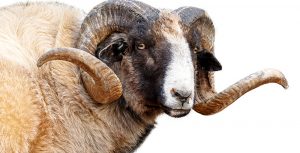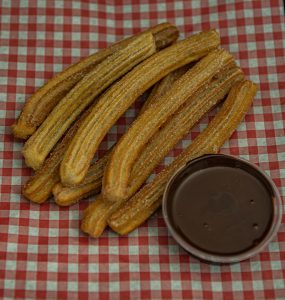


About Churros
A Brief History Of Churros
Churros as we know them today were most likely invented hundreds of years ago by nomadic Spanish shepherds to replace fresh bread. Since they worked in the isolated terrain of the mountains for months at a time, a long way away from the nearest bakeries, they were able to fry them easily in pans over a fire.
However others say churros originated in China where they were known as youtiao (oil fried devil), strips of golden, salty pastry fried in oil and eaten for breakfast. They were served in pairs said to represent Song dynasty politician Qin Hui and his wife, regarded as traitors for bringing about the demise of a respected Song general. Legend has it that they were brought back to Iberia by Portuguese explorers before becoming popular throughout Spain. 

 It was there they took on their ridged star shape and were treated as a sweet snack, the salt being replaced with sugar.
It was there they took on their ridged star shape and were treated as a sweet snack, the salt being replaced with sugar.
What we are certain of, is the name ‘churro’ has it’s roots in Spain. It is called such after a Spanish breed of sheep called a Churra, since it resembles their elongated horns.





 Traditional churros are rolled in sugar (or cinnamon sugar) and dipped in a chocolate sauce. They are close relatives of the doughnut and are often referred to as ‘Spanish doughnuts’.
Traditional churros are rolled in sugar (or cinnamon sugar) and dipped in a chocolate sauce. They are close relatives of the doughnut and are often referred to as ‘Spanish doughnuts’.



In the UK we tend to think of churros as a light snack or dessert but in Spain they’re mainly eaten for breakfast.
Churros are now popular all over the world but different countries have their own ways of eating them.
In Cuba churros are generally filled with guava, while in Brazil, Argentina and Mexico the most popular filling is dulce de leche (caramelised milk).
Venezuelans often have theirs with condensed milk while in Uruguay they have a version filled with melted cheese!
